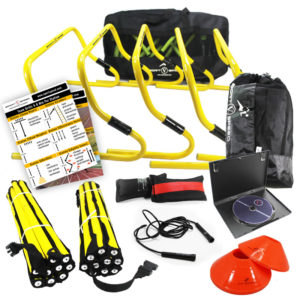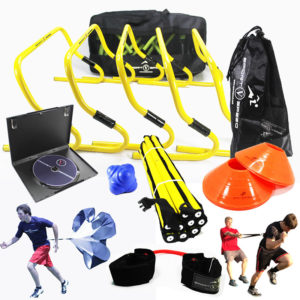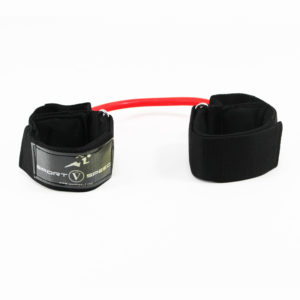Rugby
RUGBY: WHEN BULK AND MIGHT COMBINES WITH SPEED AND AGILITY
6 million players, 120 countries: that’s how far-reaching the game of rugby is. This game whose name was derived from the school that made it popular was once just a pastime of young English students. It was believed to have been started by William Webb Ellis who apparently got tired of kicking a football and just picked it up and ran for the goal.
Rugby Origins
There were a number of sports similar to rugby—from the “Caid” of the Celts to the “Cnapan” of the Welsh. Even the ancient Vikings have their own version called Knattleikr. Ancient Greeks and Romans have their Phaininda and Harpastrum, respectively.
From the mid-18th to early 19th centuries, football in the Rugby School in England permitted carrying of the ball by hand. However, a player cannot run with it towards the opponent’s goal. Another unique feature of the game is the unlimited number of players which made it look more like a melee than a game.
There were numerous English schools that played a version of rugby with their own set of rules. It was, however, the Rugby School’s brand of play that became popular and widespread. Over the years, different rugby umbrella organizations were formed which set the rules of the game. It gained international recognition when British colonizers brought the game to the different corners of its empire and taught the locals the basics of the game.
Rugby Speed Training
Rugby players are a rare breed—they are hefty and stocky, yet agile and nimble. Their size is often deceiving because they can run like sprinters. What really sets them apart as athletes is their unique rugby speed and agility training.
Rugby speed drills depend on the position a player takes inside the pitch. A rugby player must concentrate his effort on rugby speed workouts that will allow him to cover the distance between points A and B at the shortest possible time.
Sprinting is one of the best ways to develop speed and agility in rugby. Coupled with the use of rugby speed and agility equipment, a player can hone his leg and calf muscles to release explosive energy to cover maximum distance in the least amount of time.
Rugby Agility Training
The purpose of rugby agility drills is to develop a player’s ability to move in any direction explosively. When in the playing field, a rugby player needs to elude opponents while looking for opportunities to score a try. Cone drills, box jumps, and barrier hops are some examples of rugby agility workouts. These exercises improve a player’s reaction time especially when he needs to make a sudden stop or burst into a sprint.
Rest and Recovery
While training is important, getting enough rest is also paramount for any rugby players. Body muscles must recuperate well before being subjected again to rigorous speed and agility drills for rugby. Sports experts recommend a 48-hour interval in-between laborious practice sessions. It is also important that quality is the focus of rugby speed and agility training and not quantity.
The Future of Rugby
Rugby is a competitive sport that has gained millions of followers and players all over the world. Both men and women have their own rugby competitions. Young and adult rugby players are now participating in various tournaments–local and international, amateur and professional. To become an excellent rugby player, total commitment to rugby speed and agility training is required. Only those who can dedicate themselves fully to the game of rugby will enjoy the sweet taste of success in this gruel

















